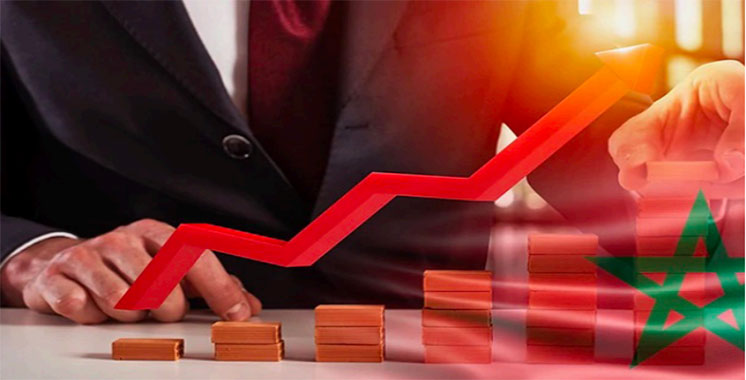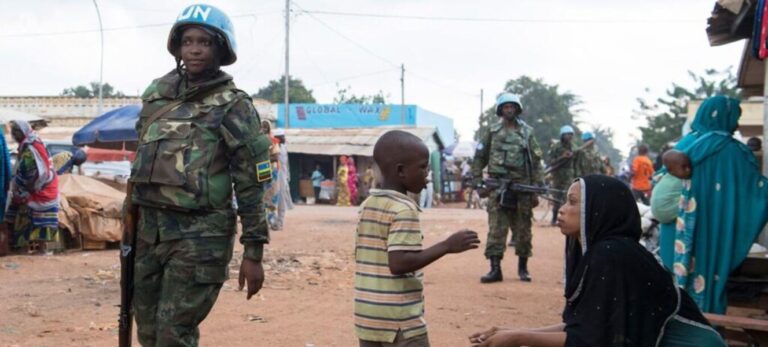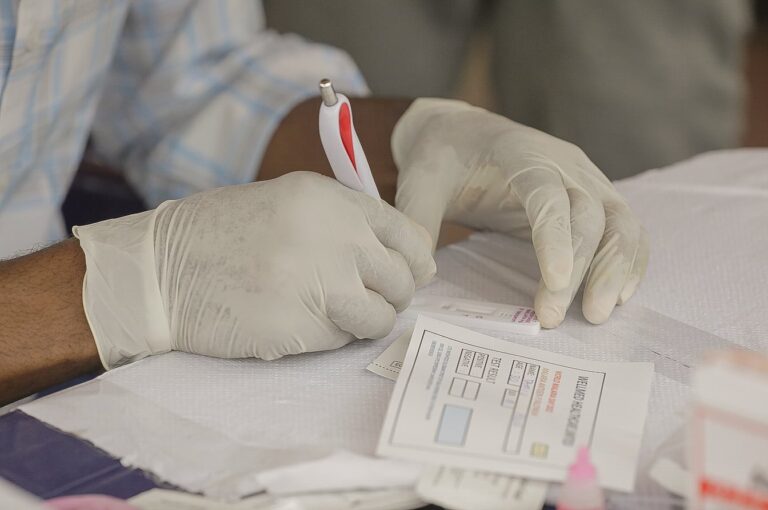
Morocco’s economy surged in the first quarter of 2025, posting a growth rate of 4.8%, a significant leap from the 3% recorded during the same period in 2024.
The performance, driven by rebounds in agriculture, tourism, and industrial activity, underscores the country’s resilient post-pandemic recovery trajectory.
The High Commission for Planning (HCP), which published the latest economic figures on Tuesday, attributed this expansion to favourable climatic conditions, renewed investor confidence, and sectoral reforms that are beginning to yield results.
The agricultural sector, buoyed by strong rainfall and improved irrigation strategies, expanded by 4.3%.
In parallel, the secondary sector climbed 5.2%, powered by sustained growth in agro-industrial output, the booming automotive sector, and increasing demand for construction materials.
Tourism emerged as a key pillar of this momentum. Between January and March 2025, over four million tourists visited the country—a 15% year-on-year increase.
This revival in tourism has positively impacted associated sectors such as air travel, hospitality, dining, and artisanal trades.
The Ministry of Economy and Finance welcomed the first-quarter data, calling it a “solid foundation” to achieve the government’s full-year growth objective of 4.5%, as set out in the 2025 Finance Act.
The macroeconomic environment remains reassuring: inflation averaged 2.4% over the first half of the year, the dirham maintained its stability, and Bank Al-Maghrib upheld its key interest rates, providing an atmosphere supportive of investment and consumption.
Yet, the High Commission urged caution amid global uncertainties.
Persistently high youth unemployment, vulnerability to fluctuations in European demand, and geopolitical risks in both the Mediterranean and the Sahel regions continue to pose potential threats to sustained growth.
Nevertheless, the 4.8% growth figure reinforces Morocco’s gradual recovery model, which combines targeted public policy, structural reform, and sectoral diversification.
As the country moves into the second half of the year, sustaining this economic pace will be critical to securing long-term stability and inclusive development.



